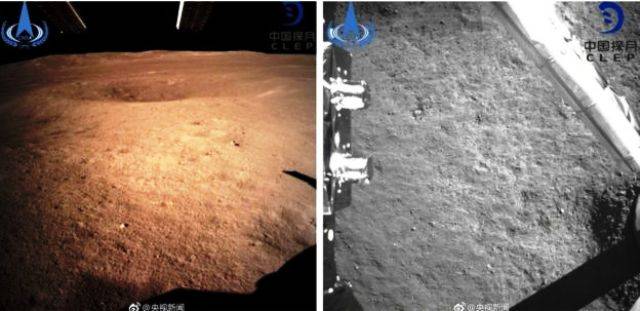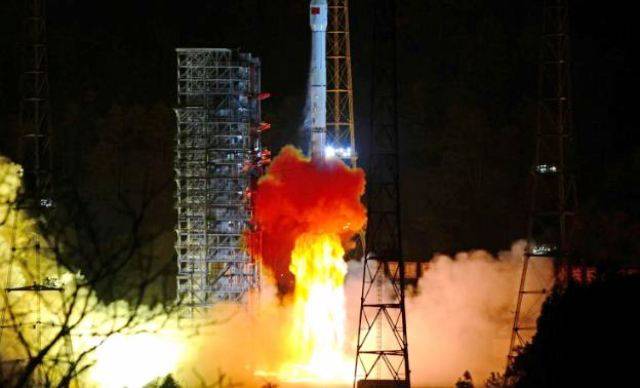
The Chinese National Space Agency successfully landed a spacecraft on the far side of the moon on Thursday, as reported by a state broadcaster.
It has become the first ever spacecraft to reach the moon’s surface that always faces away from Earth and giving a boost to the country’s ambitious space program.
The Chang’e-4 lunar probe, named after the mythical Moon Goddess, landed at 10:26 a.m. (Beijing time) and (02:26 GMT).
The unmanned Chang'e-4 probe touched down in the South Pole-Aitken Basin, state media said. It carried instruments to analyse the unexplored region's geology, as well to conduct biological experiments.
Interestingly, the landing has been seen as a major milestone in space exploration.
However, there have been many missions to the Moon in recent years, but the vast majority has been to orbit, fly by or impact. The last manned landing was Apollo 17 in 1972.
China’s space budget is about $8 billion a year, second only to the U.S. The moon landing comes at a time when tensions between the two powers are at an all-time high, with their economic, technological and military rivalry deepening amid China’s quest for dominance.
The landing is significant as it is the first time any craft has landed on the unexplored and rugged far side of the moon.
The Chang'e-4 was launched from Xichang Satellite Launch Centre in China on 7 December; it arrived in lunar orbit on 12 December.
The craft has sent back first pictures from the surface which were shared by state media.
There was no direct communication link possible, all pictures and data have to be bounced off a separate satellite before being relayed to Earth.



The craft includes a lander, a rover and satellite that can relay signals to Earth, allowing the Chinese National Space Agency to communicate with their spacecraft. The mission that is mostly scientific will explore a giant impact crater near the South Pole, using cameras, ground-penetrating radar and spectrometers to understand the composition of the area.
















